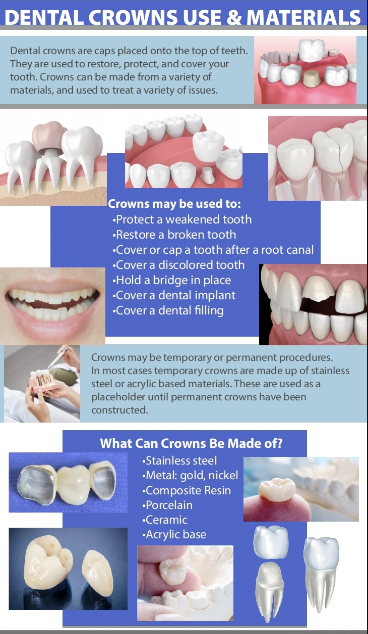Dental implants are an excellent option for people who are missing teeth. Tooth loss can occur due to various reasons such as injury, decay, or age. Missing teeth not only impact your appearance but can also affect your oral health and confidence. Dental implants are an effective solution for these problems, as they replace missing teeth with a natural-looking and functional tooth-like structure. In this article, we will talk about everything you need to know about dental implants. One of the primary reasons for needing dental implants is to restore function to your mouth. When a tooth is missing, it can impact your ability to chew and speak properly. This can lead to discomfort, poor nutrition, and even social anxiety. Dental implants provide a stable and secure base for replacement teeth, allowing you to eat, speak, and smile with confidence. Another reason for needing dental implants is to maintain the structural integrity of your jawbone. When a tooth is lost, the jawbone underneath can begin to deteriorate over time. This can cause the remaining teeth to shift and become misaligned, leading to further dental issues. Dental implants are placed directly into the jawbone, helping to preserve its structure and prevent further deterioration. If you are looking for additional info on brisbane dental implants, look at the previously mentioned site.

There are several types of dental implants available today, each designed to meet specific needs. Endosteal implants, subperiosteal implants, and zygomatic implants are the most common types of dental implants. The former type of implant is the most commonly used type of dental implant. Endosteal implants are inserted directly into the jawbone to support replacement teeth. These implants are suitable for most patients and can last for many years with proper care.. Subperiosteal implants are placed under the gums and on top of the jawbone for patients who lack a healthy jawbone to support regular implants. They are used for patients who do not have enough healthy jawbone to support traditional implants. These implants are less invasive than endosteal implants, but they may not be as durable. Lastly, Zygomatic implants are used for patients who have severe jawbone loss. They are placed in the cheekbone, rather than the jawbone, and provide a stable base for replacement teeth. These implants are more invasive than other types of implants, but they are an effective solution for patients who would otherwise not be candidates for dental implants.
Dental implants can last for many years, and with proper care, they can even be permanent. The longevity of dental implants depends on several factors, including the patient’s oral hygiene, lifestyle habits, and the quality of the implant itself. Therefore, you need to do regular dental checkups and clean your teeth to maintain the health of your dental implants. While dental implants are designed to be a permanent solution, they can be removed if necessary. In some cases, an implant may become loose or infected, requiring removal. This is a rare occurrence, however, and most dental implants remain stable and functional for many years. Dental implants are an excellent solution for people who are missing teeth. They provide a natural-looking and functional replacement for missing teeth, allowing you to eat, speak, and smile with confidence. With proper care, dental implants can last for many years and even be a permanent solution. If you are considering dental implants, speak with your dentist to determine which type of implant is right for you.

